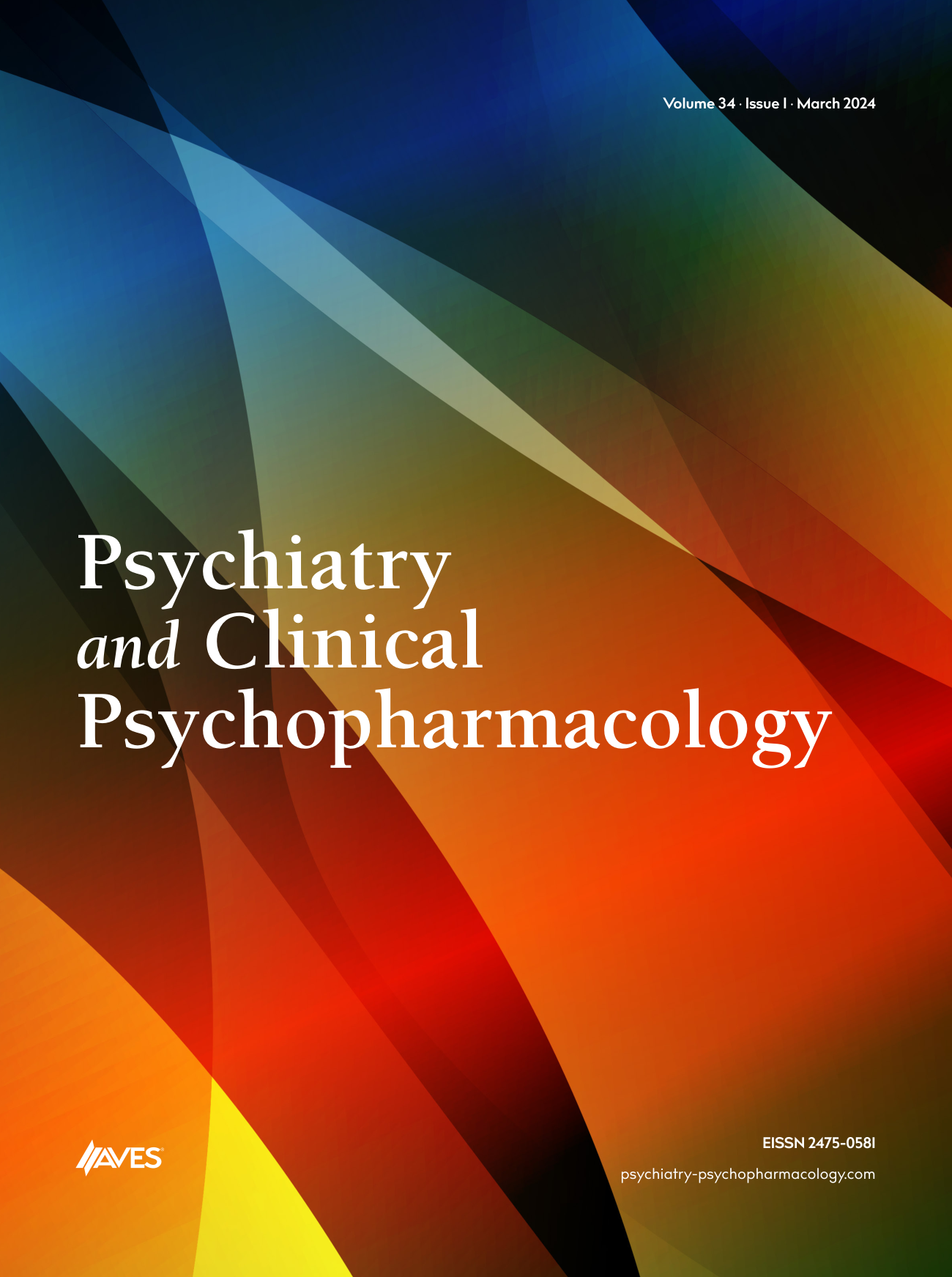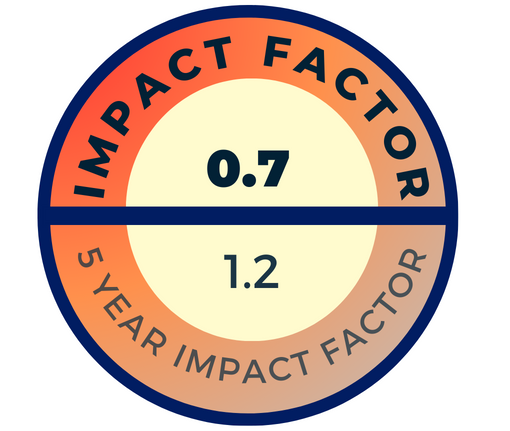Objective: Death is a fact that is shared by all living creatures in the universe. It is one of the most important events in the lives of people which they are having to cope with. Death is experienced as a special phenomenon that is a reconstruction for emotional experience and individual suffering. Especially, nurses who have cared for dying patients and their families are feeling anxiety about death, as both their biopsychosocial life and the quality of care for patients will be affected. Therefore, it is important that during nursing education students’ thoughts and attitudes towards death are investigated, the relationship between anxiety levels determined and the lack of knowledge and skills in this direction and overcome to prevent care mistakes. The purpose of this study is to examine the relationships between attitudes towards death and state and trait anxiety in a university school of nursing sample.
Methods: This cross-sectional study consisted of 211 nursing students. Study questionnaires were distributed to Cankırı Karatekin University School of Nursing between October and December 2014. The data of the study have been gathered through the administration of Sociodemographic Characteristics’ Form, Death Attitude Scale (DAS) and State And Trait Anxiety Inventory (STAI). DAS, which was developed by Wong, Reker and Gesser (1994) was restricted to comply with Turkish Isik (2008).The Trait Anxiety Inventory was developed by Spielberger, Gorsuch and Lushene (1964) and the Turkish version was validated by Oner N, Lecompte (1983). Data were evaluated by numbers, percentages, means, standard deviations, ANOVA, Pearson’s moment correlation coefficient and t-test.
Results: It was determined that most of the students werein the age range from 17-21, and most of the students are female (72.0%). Mean state and trait anxiety scores in the study group were 41.3±6.7 and 48.2±6.8 respectively. It was determined that the students’ trait anxiety scores are higher than their state anxiety scores. We found that women experienced significantly more objection accept (64,61+11,47) and fear of death (30,00+10,41) than men (t:3,506, P:0,001). It was also seen that there were significant relationships of students’ DAS sub-scale scores and STAI sub-scale scores. According to correlation analysis results, a statistically significant strong positive relationship was found between subscale of DAS and subscale of STAI; students’ fear of death and avoidance of death scores (r:0,166; p:0,016) and escape accepts scores (r:0,138; p:0.045). Additionally, there were no significant differences in DAS and STAI levels among the study groups according to age, marital status, class, and work status, having any illness, nor did the scores differ significantly according to gender of the students.
Conclusion: The levels of STAI and DAS levels of students influence are proportional to each other. Therefore, if the extent of their increased STAI levels, fear of death, avoidance of death, and death increases, visual acuity is a defense mechanism to accept an escape.



